It’s no secret that there are some big differences between the Baby Boomer generation and Millennials today. While it might seem hard to sympathize with the young people who get to experience so much technology and convenience, there are many things that were once seen as normal that now come with luxury price tags that many cannot afford.
Durable appliances and household items are the worst culprits for being totally unaffordable now. The phrase “they don’t make them like this anymore” is actually completely true. Fridges, toasters, hairdryers, and ovens used to last a lifetime, literally. Now, the same items break within just a few months or years, and lifetime warranties are a long-extinct fad.
College Educations Have Sky Rocketed in Price

In the 1980s, working a summer job to pay a year’s worth of tuition, books, and housing fees was normal. The average price of a four-year college was roughly $10,000 (adjusted for inflation).
In today’s world, the same college costs around $29,000 for a full-time education. The price has risen by a whopping 180%. Just working a minimum-wage summer job simply can’t cut it anymore, and many students turn to take out outrageously expensive student loans just to get by.
Solid Wood Furniture Comes at a Steep Price Now
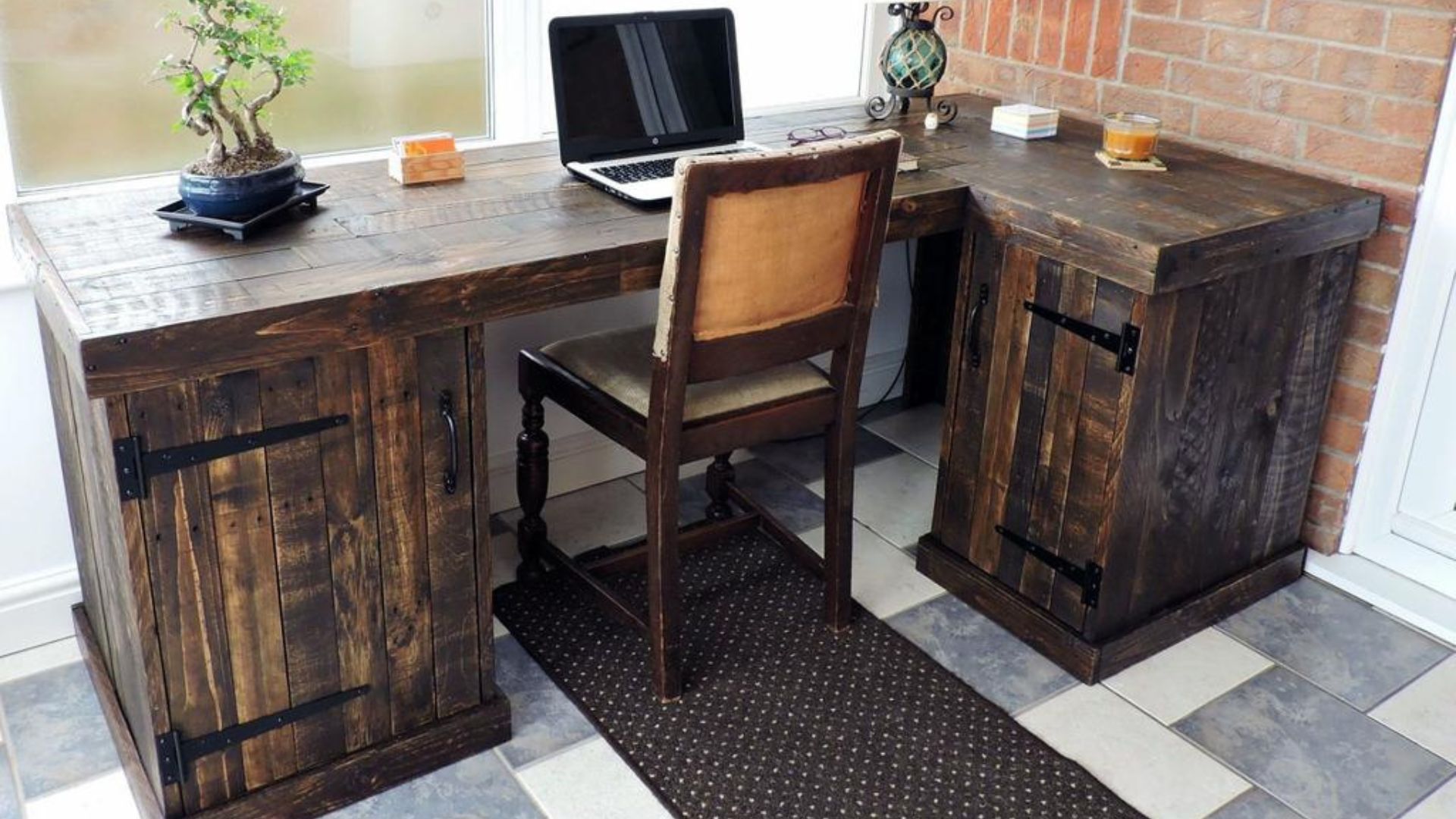
Solid wood furniture, especially hard-to-source items like teak or mahogany, is no longer the norm. Previously, companies took pride in making long-lasting, damage-resistant hardwood items that could last for generations.
What has replaced this market is much, much worse. Companies rush out styles and designs at unrelenting rates. To make the items so quickly, they use cheap materials like particle board and plastic for the same prices we used to pay for the real thing.
Sporting Tickets Are For the Elite Now
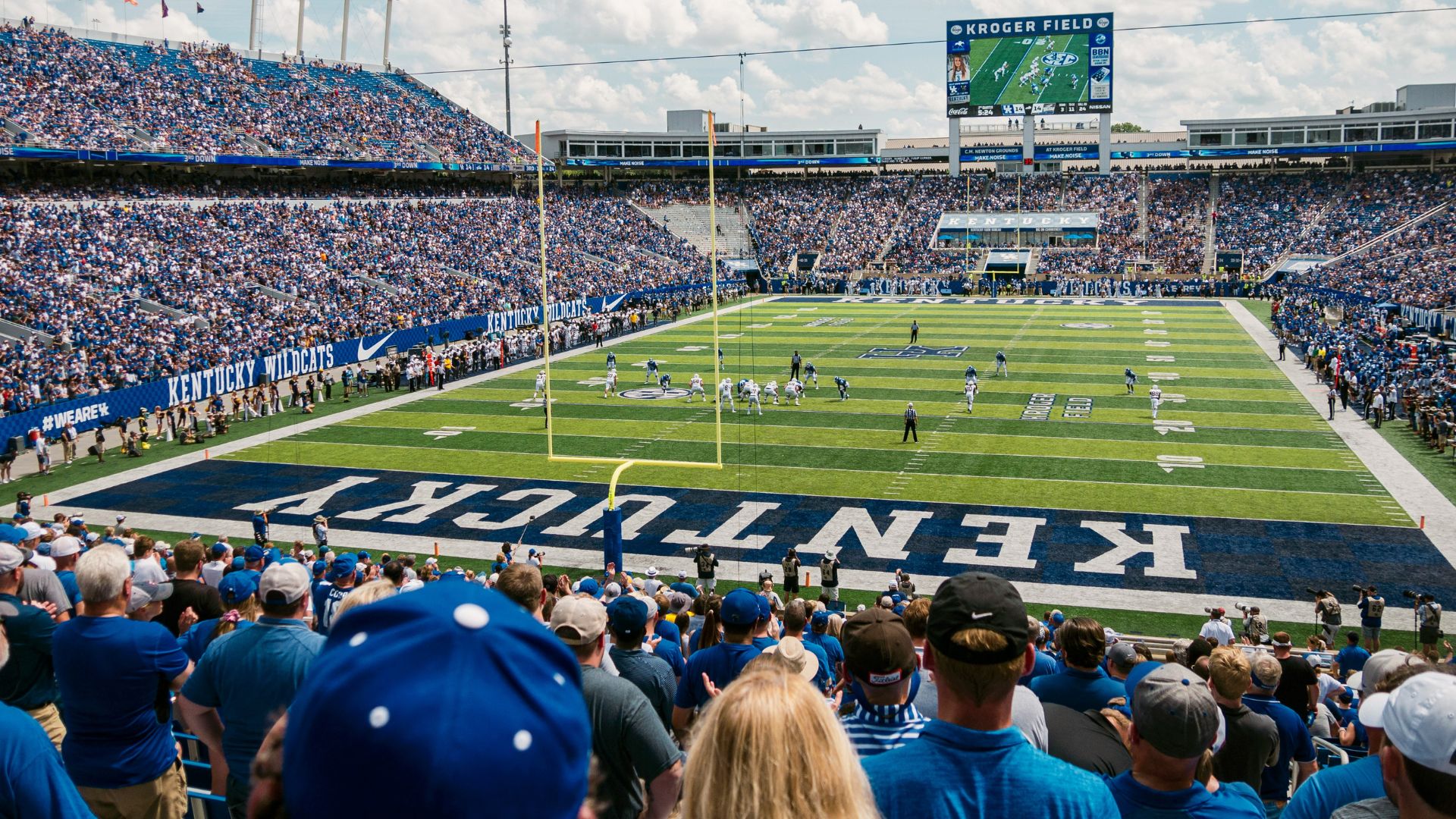
Throughout the ’80s and ’90s, grabbing pro sports tickets for the entire family for a fun weekend activity was normal.
Big sports fans will now feel the pain of watching the prices rise dramatically for the same seats. NFL tickets have increased by 8.6% just in the past year, which makes hitting up a game with friends and family a splurge item instead of a normal pass time.
Driver’s Education Used To Be Totally Free
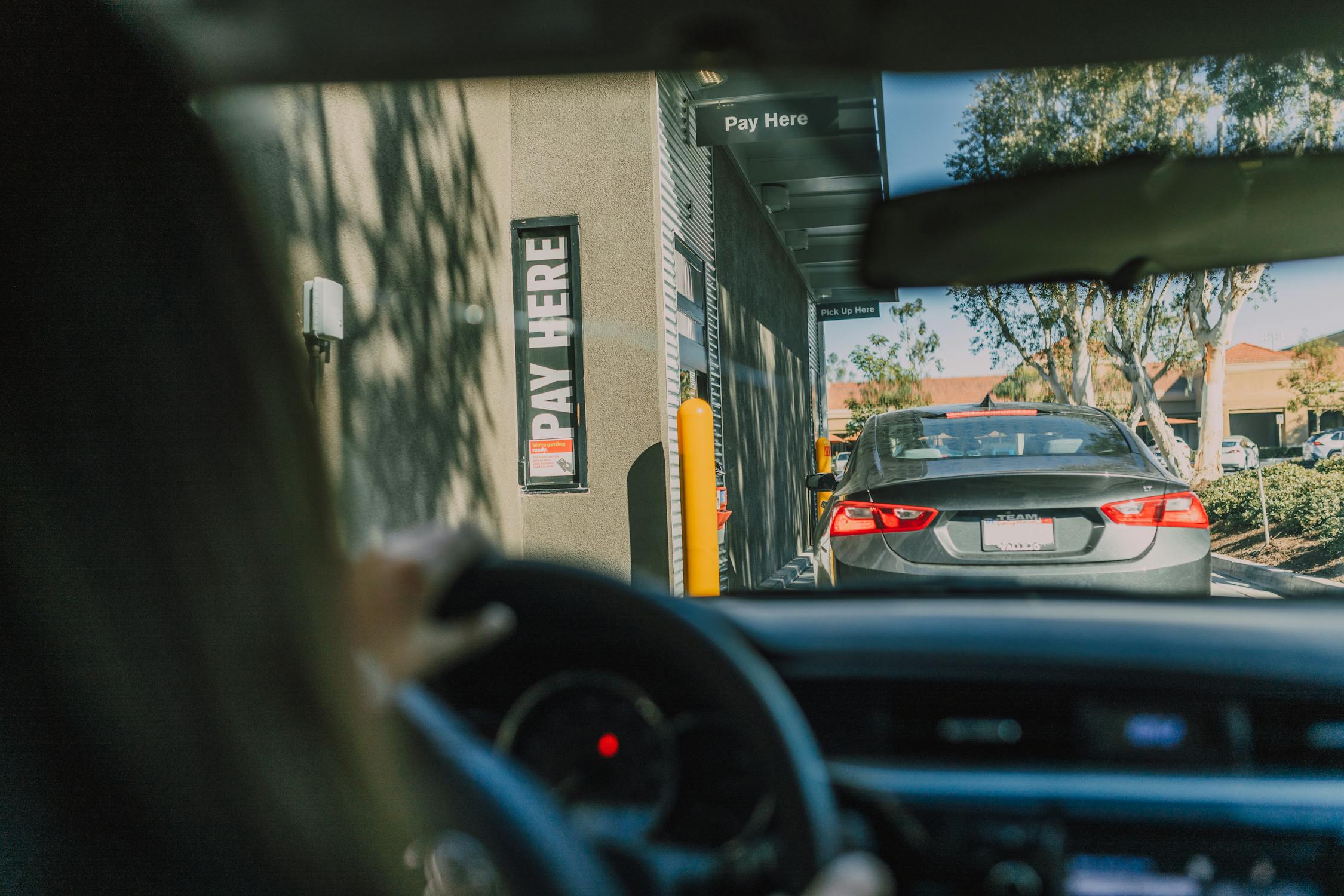
Many U.S. high schools used to offer driver’s education to students so that the new generation of drivers would all know the same rules and have up-to-date training.
Due to ongoing budget cuts in the school system, driver’s ed was cut from the curriculum. Parents now have the choice of teaching their kids themselves or paying big bucks for private driving schools.
Plane Tickets With Leg Room, Meals, Checked Luggage, and Seat Selection
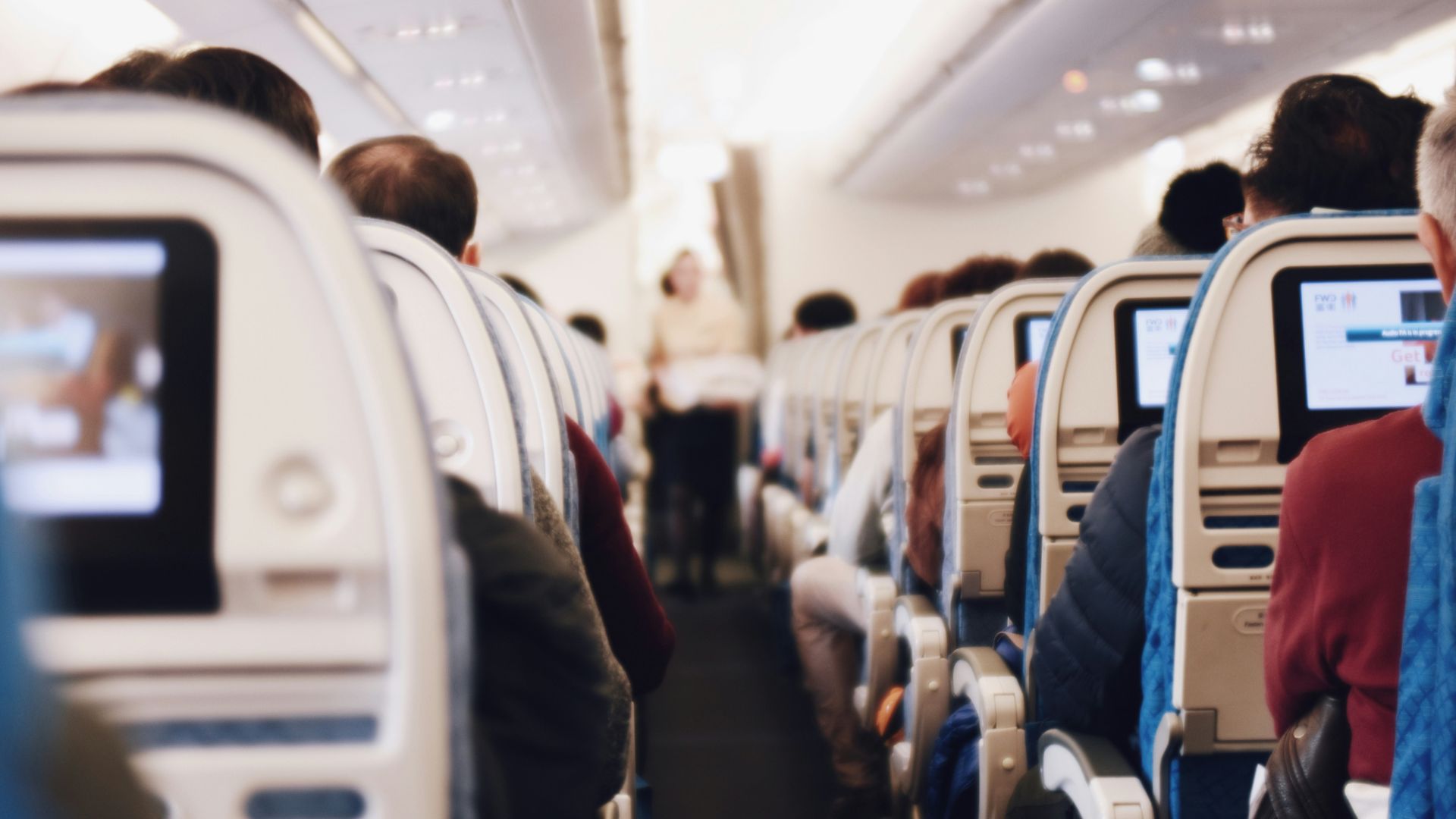
Some might say that the ’80s were the heyday of flying. The planes were sleek and modern, there was ample legroom for all, and there were free meals on long flights. You could check your luggage and select your seat for free.
Over time, as airlines felt the pressure to increase shareholder value and corporate profits, they slowly took away all the perks of flying. Today, you’ll be charged extra for enough legroom, a simple meal, a checked bag, and even picking out your seat to fly with your partner.
Visiting National Parks is No Longer a Cheap Vacation Option

Heading to the Grand Canyon or Arches National Park was a fun, adventure-packed vacation that a family could afford on a budget. During the summer months when kids were off from school, it was normal for a whole family to pack up and hit a few National Parks for a week or even a month.
Extended vacations and even simple road trips have recently become a luxury item as well. Each park requires its own reservation with fees. Gas, car rental, and RV’s also come at a massive premium, and that’s before adding in any fun activities like whale watching or guided fishing.
Live Music Is No Longer a Simple Luxury
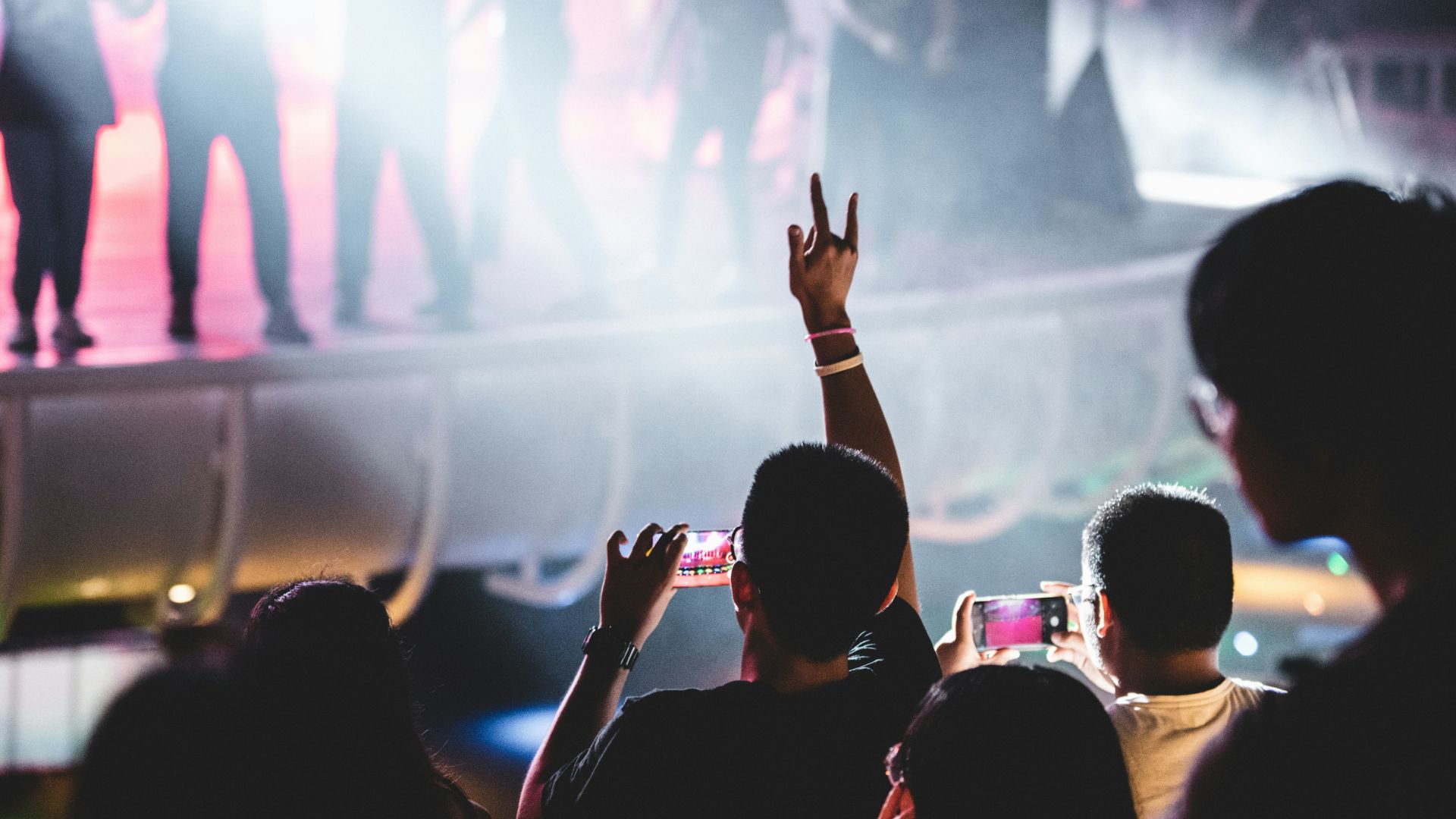
From the ’70s through the late ’90s, bands and musical artists earned more from album sales, allowing them to tour for relatively low prices for the audience. With inflation, the average concert ticket went from $15 to $37.
Unfortunately, music lovers today do not have the same experience. With the rise of free internet streaming, most artists make their bread and butter from concert tours. The average concert ticket costs hundreds of dollars. The most popular artists, like Taylor Swift, have tickets sold for thousands on the resale market.
Going to the Movies Is a Little Different Now
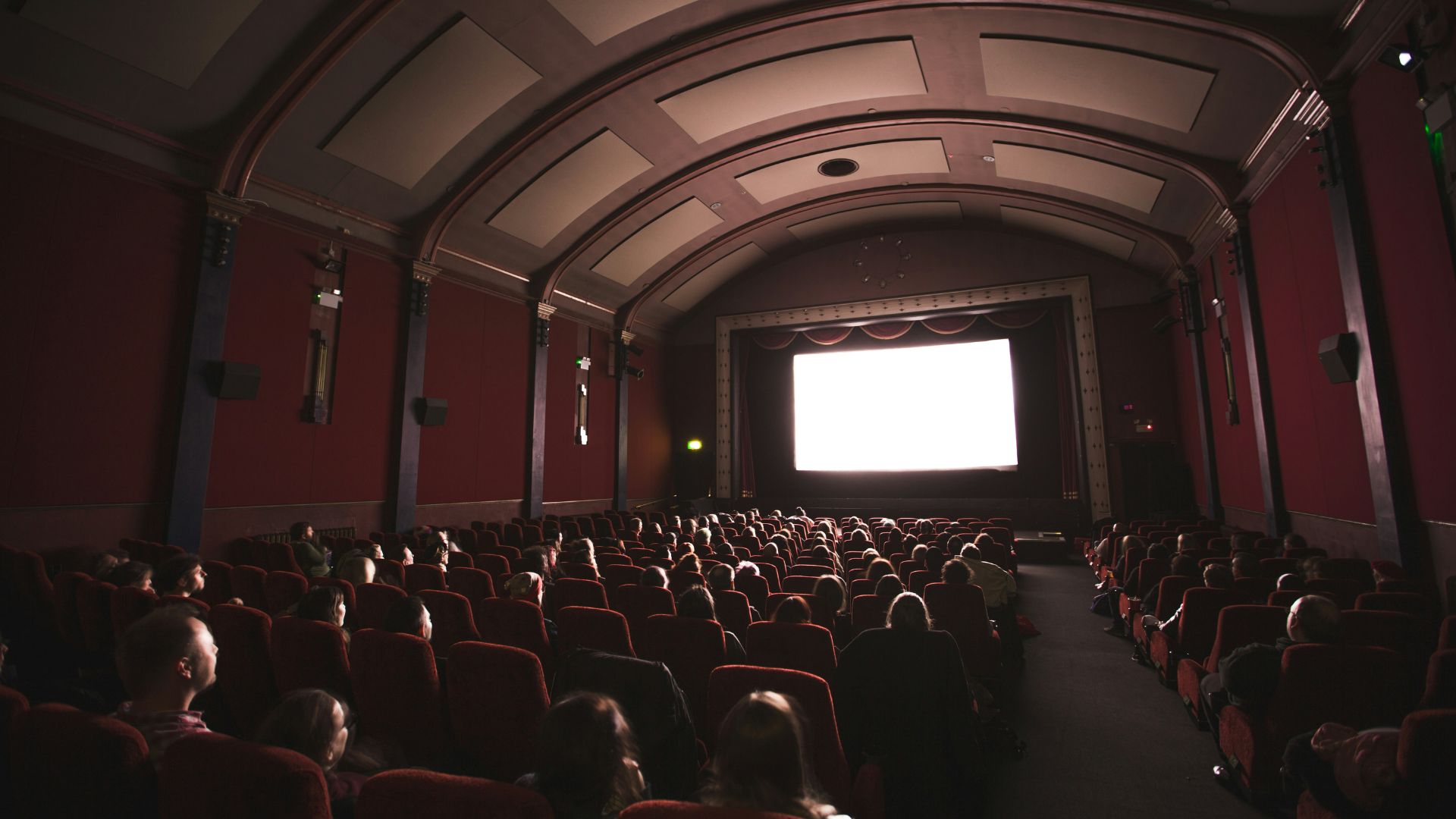
Cheap movie tickets used to cost around $2.69, and many theatres had deal days, like half-priced Tuesday nights, to draw in crowds.
These prices are long gone now, though. The average movie ticket costs around $10.36, not including the overpriced drinks and popcorn. Some theatres have tickets for as much as $25 to sit in a spacious recliner with food and drink service.
Good Healthcare Is Now an Item for the Wealthy

Healthcare is one of those weird things that should be free and available but has been commodified by companies and sold at a massive upcharge.
Americans now spend six times as much on health care as they used to in the ’80s and ’90s. Medical supplies and drugs are now more expensive to make, which is reasonable, but it’s the insurance costs that have drained most families’ bank accounts.
Small Town Festivals and Carnivals Are Too Expensive Now

Annual festivals, carnivals, and state fairs used to be a super affordable option for a family-friendly outing in the ’80s. Production companies were able to make enough to tour the country, bringing excellent attractions to a new town each week.
However, most of these small-town events no longer exist. The companies that have survived have been forced to charge a premium to get by in today’s economy.
Organic Food Used To Be the Standard
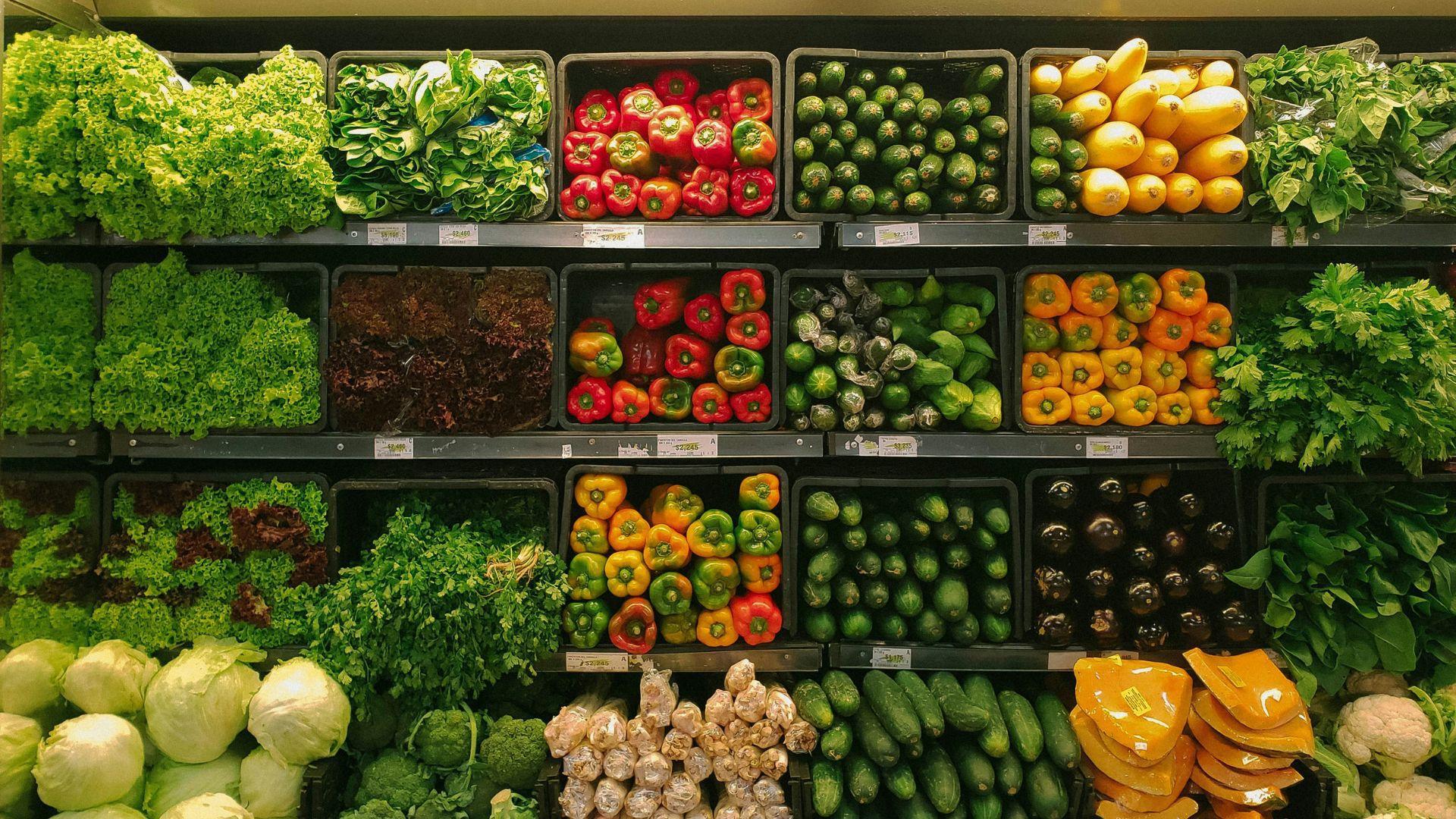
Locally grown produce and meat without the use of pesticides used to just be the standard way of life for most people.
Now, buying organic is a luxury most regular people can’t afford. Pesticides and growth hormones have been abused to turn out more food at a lower price. Even though most people would rather buy fresh food from their local farmers, huge companies have made it impossible for this business model to survive.








































